Survival Skills
How to Treat A Venomous Snake Bite
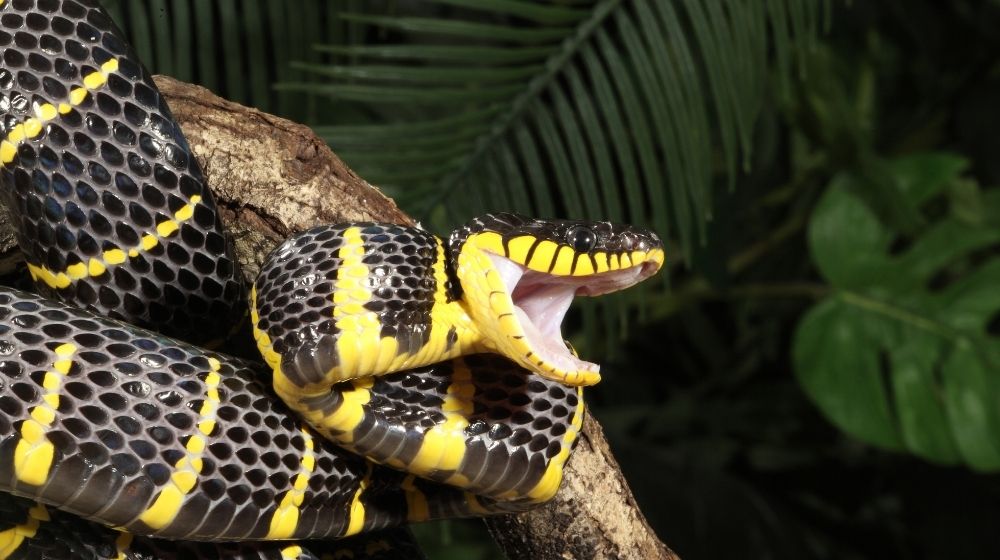
Knowing how to treat a snake bite can save lives. Less than 10 percent of venomous snake bites are lethal, but that does not mean the 90 percent are not dangerous.
RELATED: Venomous Snakes Of North America
How to Treat a Lethal Snake Bite In Four Simple Steps
Click here to jump to the instructographic.
Step 1. Take Account of the Situation
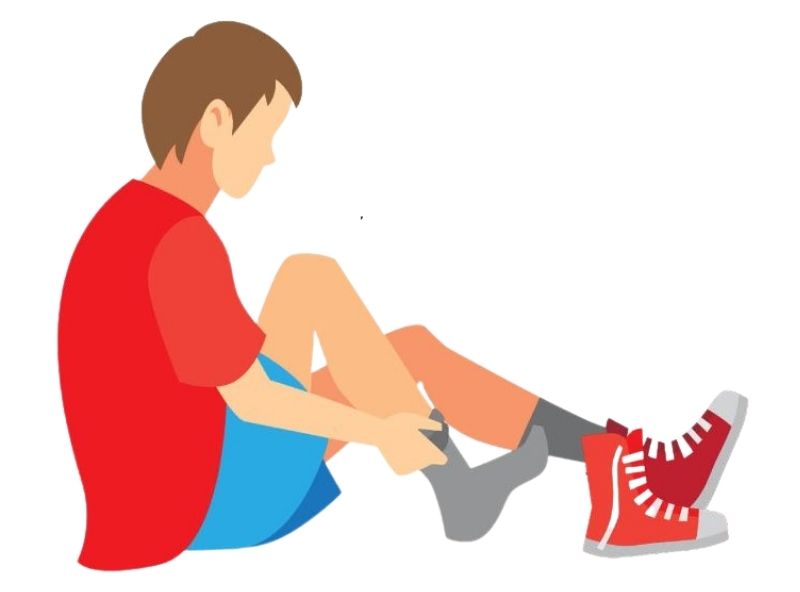
Panicking after a snake bite is the most natural reaction, but that will do you more harm than good. It increases your heart rate, resulting in increased blood circulation, meaning that the venom is distributed further into your bloodstream, which is lethal.
Therefore, stay calm as possible and note the snake’s shape, color, size, or pattern. This will help doctors narrow down on the snake that bit you making it easier for them to treat you.
Note: Only do this if it’s safe for you, easy, and can be done quickly.
Step 2. Prevent Further Damage
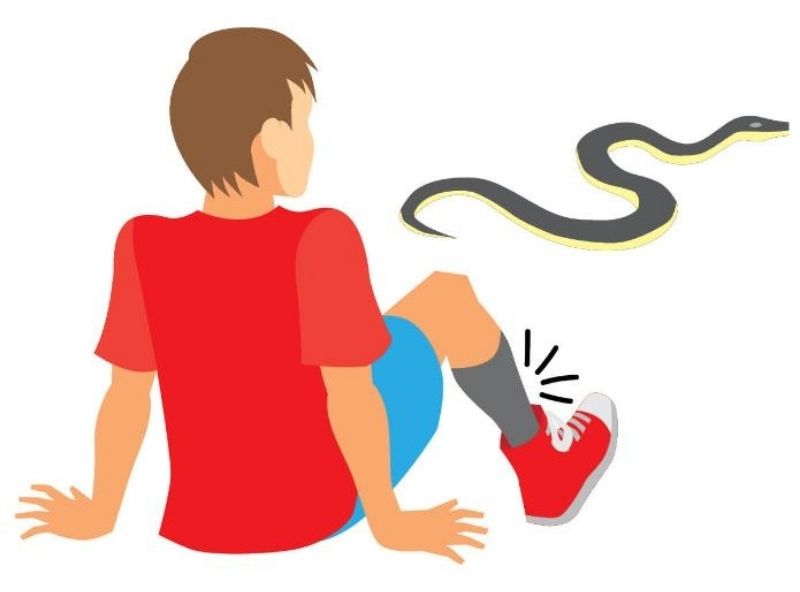
Next, remove anything around the wound that may compress the bite area. This includes anything from tight clothes, shoes, or jewelry.
Not doing this may lead to rapid swelling that could cause further damage. You want to increase your chances, especially when you are probably miles from the nearest hospital.
RELATED: 5 Venomous Snakes Look-Alikes: Know Your Snakes
Step 3. Clean the Bite Wound
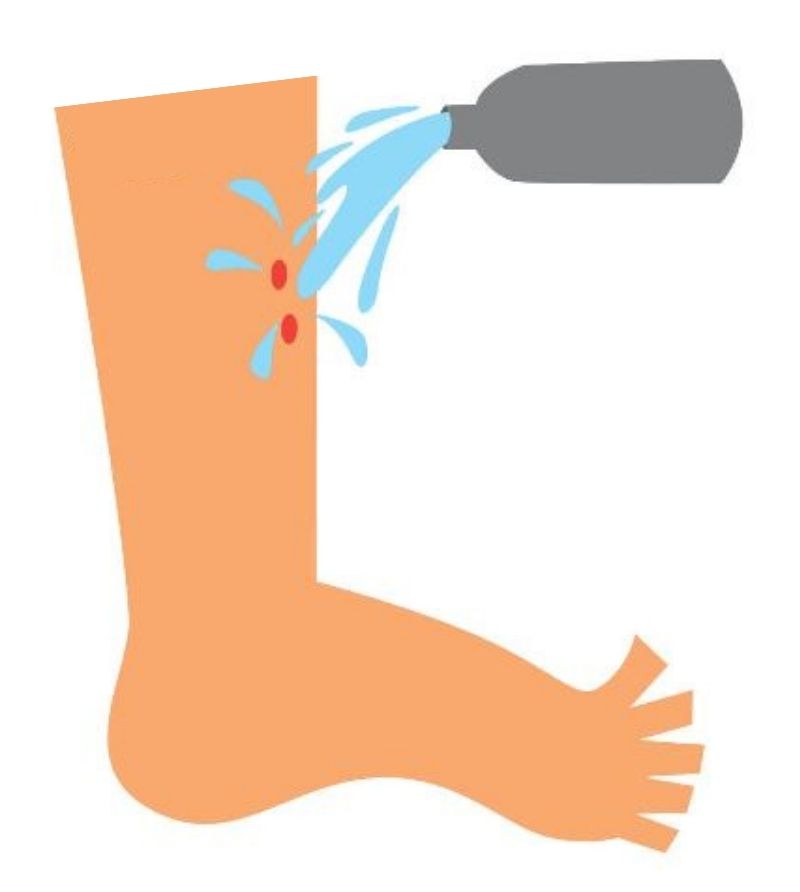
Next, clean the bite area with clean water before loosely bandaging the wound. The point is washing the wound is to remove any dirt that may be stuck in the area.
Keeping in mind that thoroughly cleaning the wound may wash off the venom. This would make treatment harder, especially if you did not note the type of snake that bit you.
Reminder: Avoid tourniquets, cutting, applying ice, or using suction devices, including your mouth, which could make the situation worse.
Tip: You can use a clean piece of cloth if you do not have a bandage
Step 4. Seek Medical Attention
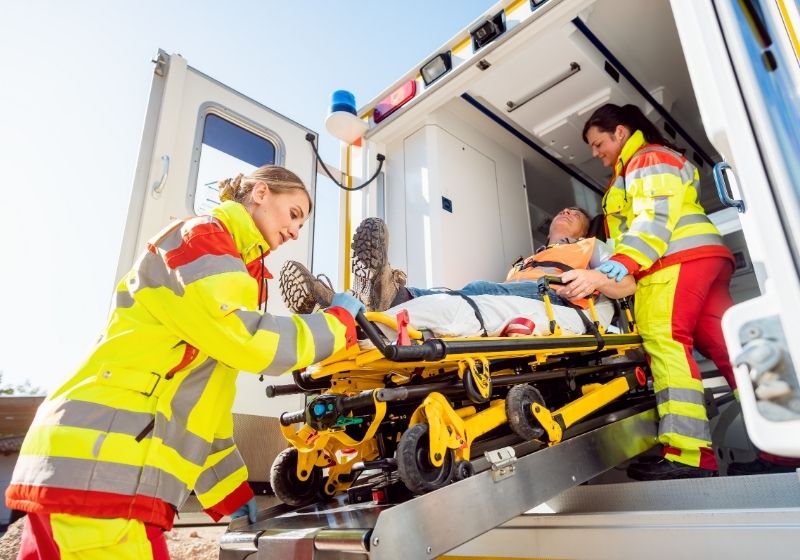
If you had called an ambulance, stay put and wait for it to show up. Reduce movement as much as possible and ensure that you are safer to avoid more attacks.
However, since getting a signal while in remote outdoors can be challenging, find a way to get to the nearest hospital. If getting to a hospital is not an option, find a way to get to people who can help you. This could be anyone you come across.
Note: Remember to keeping the bitten area immobile as possible and below your heart level.
Here’s an instructographic guide. Don’t forget to download, save, or share this handy instructographic for reference:
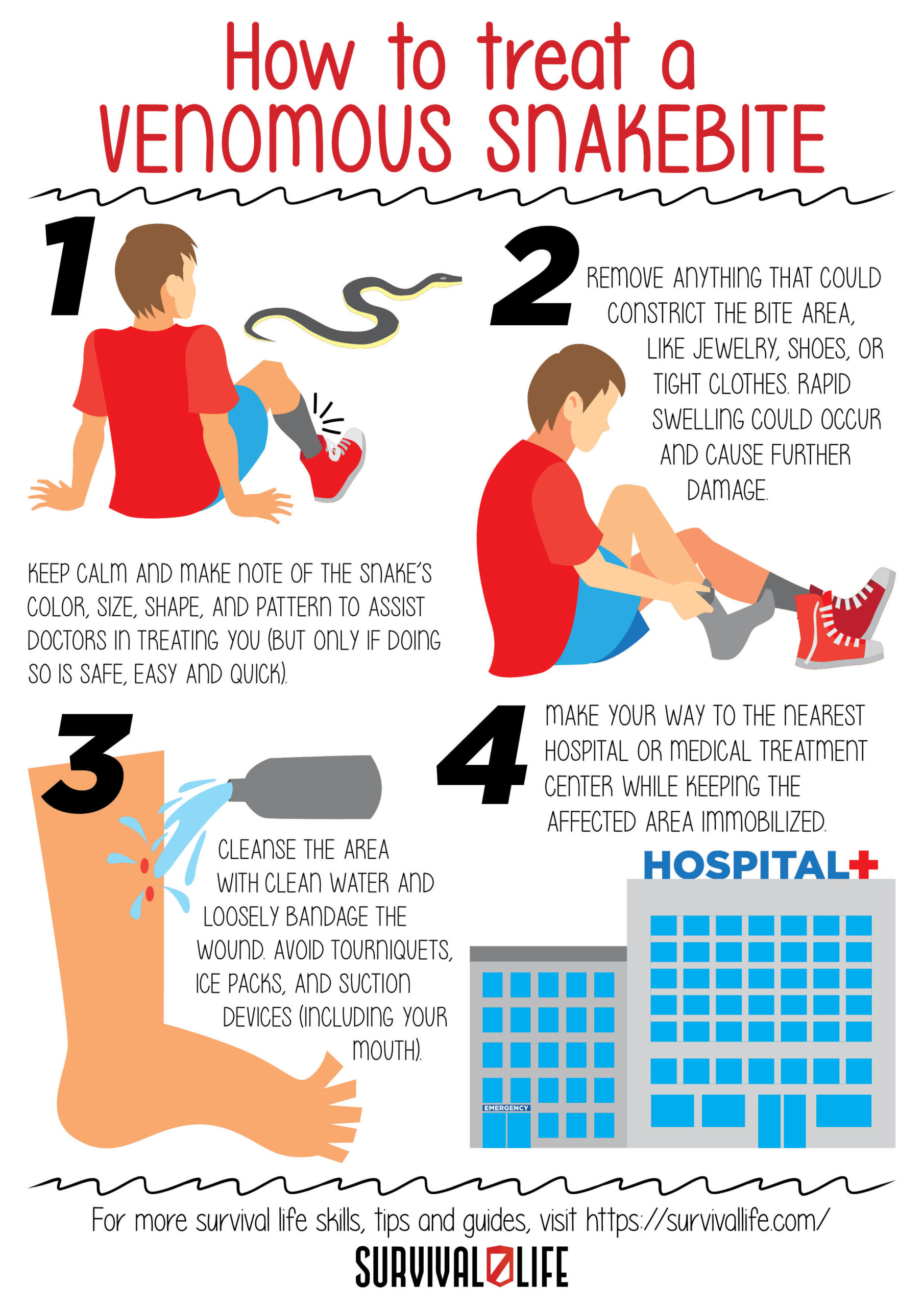
There you have it, survivalists. Unless a snake has bitten you with a truly dangerous venom, the effects of most snakebite largely depend on your response. The key is to stay calm to prevent the venom from entering your bloodstream, where it can be fatal.
Did you know that some of the most venomous snakes in the world can kill 100 men with a single bite? Make sure to watch this video for a comprehensive list of venomous snakes:
[poll id=”18″]
Have you treated a snake bite before? Let us know in the comment section below!
Up Next:
- Survive Snake Bites with This Helpful Infographic
- Survival Food | How To Catch, Cook, & Eat Snakes For Survival
- How To Make Seawater Drinkable Using Plastic Bottle
Calling all preppers, craftsmen, bushmasters, outdoorsmen, and all-around skilled people, Survival Life needs YOU! Click here if you want to write for us.
Don’t forget to stay connected with us on Facebook, Twitter, Pinterest, and Instagram!
-

 Do It Yourself7 months ago
Do It Yourself7 months agoParacord Projects | 36 Cool Paracord Ideas For Your Paracord Survival Projects
-

 Do It Yourself10 months ago
Do It Yourself10 months agoHow To Make Paracord Survival Bracelets | DIY Survival Prepping
-

 Do It Yourself9 months ago
Do It Yourself9 months ago21 Home Remedies For Toothache Pain Relief
-

 Do It Yourself10 months ago
Do It Yourself10 months agoSurvival DIY: How To Melt Aluminum Cans For Casting
-

 Exports8 months ago
Exports8 months agoAre Switchblades Legal? Knife Laws By State


Nicholas Valentine
May 4, 2021 at 7:36 AM
This is really pretty ordinary advice on how to treat snake bite.
Here in Australia we have our fair share of snakes, 170 different types, plenty that will kill you, some in less than thirty minutes. This is what they teach you as a first aider:
First phone an ambulance. Do not try and catch the offending reptile, leave it the fuck alone. Do not wash the wound, any remaining venom on the skin can help identify the snake. Wrap above and below the wound with an elastic bandage. Tight but not so tight as to stop blood circulation (do not apply a tourniquet!!! Keep checking the colour of their toes or fingers if in doubt). Snake Venoms are large molecules and generally do not enter the circulation at the site of the bite but travel more slowly in the lymphatic system. Immobilise the limb, with a splint if you have one. Above all keep the patient still. We recently had a patient who ran out to meet the ambulance and promptly collapsed at the ambos feet, died a day later. Reassure the patient (most snake bites do not lead to envenomation). Try to keep them calm.
I can tell you from experience that the last bit of advice is the hardest to do in practise.
Here is what you should definitely not do:
Suck out the venom.
Apply a tourniquet.
Feed the patient coffee or alcohol.
Lacerate the site of the bite with something sharp.
Panic.
All make a bad situation considerably worse. I hope that this helps.